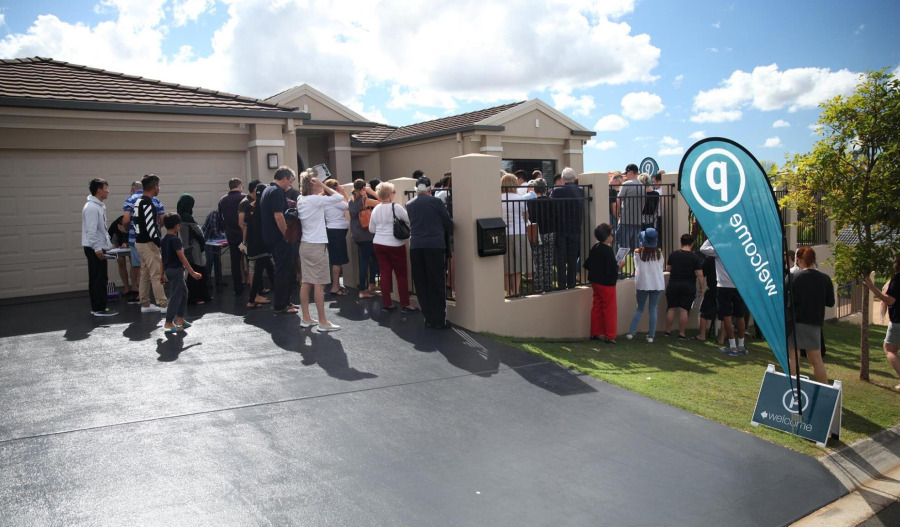The prospect of gaining greater investment control over their retirement savings, wider investment choices and potential cost savings for larger balances, has encouraged Australians to establish self-managed super funds (SMSF) in their droves. But while around 600,000 SMSFs now exist across the country a new study suggests that most could be doing investors more harm than good.
According to an ASIC review, almost two-thirds of SMSFs established under the recommendations of a financial adviser are not only unsuitable to their needs but also put their retirement savings at risk.
Based on 100 financial advice files investigated, ASIC research concludes that 62 failed to demonstrate compliance with the best interests duty, while a quarter of these flagged major concerns about client detriment relating to recommendations to set up an SMSF in the first place.
Advisers acted as order takers
On the flipside, only 38% of client files managed to demonstrate compliance with the mandate advisers have to act in clients' best interests.
In the instances where clients were given a bum steer, ASIC concluded that advisers had not based all judgements entirely on the circumstances relevant to each individual.
This included "inappropriately using the notion of control to justify recommending SMSFs without exploring what control meant to the clients", the ASIC report concluded.
ASIC’s released Report 824: SMSF Establishment Advice also suggests that financial advisers were acting as “order takers” without adequately investigating and assessing products suggested by the client.
Equally damning, the ASIC report concluded that advisers failed to prioritise the interests of clients where there were conflicts of interest and pointed the finger squarely at advice to establish an SMSF to acquire off-the-plan properties through limited recourse borrowing arrangements.
Punitive actions
While ASIC warned licensees that they are ultimately responsible for the advice provided by their financial advisers, it did not disclose what broad range of punitive actions it might take against them.
While this may include going back to the advice licensee - in cases where they witnessed a pattern of serious detriment - and requiring them to do further investigation and to consider remediation, Commissioner Alan Kirkland noted that banning orders and enforcement action against advisers or licensees were also possible options.
"Financial advisers and advice licensees should use the findings, examples, action points and risk indicators in this report to improve the quality of their SMSF establishment advice, identify circumstances where an SMSF should not be recommended and detect misconduct,” said Kirkland.
To highlight a worst-case scenario of switching superannuation funds based on bad advice, Kirkland pointed to the collapses of the Shield Master Fund and First Guardian Master Fund which impacted $1.2 billion in retirement savings, including some superannuants who were moved into an SMSF.
“Collapses like those involving Shield and First Guardian show us the worst-case scenario for what happens when people receive poor advice to switch superannuation funds and make high-risk investments,” Kirkland noted.
The report recommended advisers:
- Use professional judgement to assess whether an SMSF is suitable for their client and to also factor in any life insurance requirements.
- Recommended licensees factor in both effective monitoring and supervision, and a clear conflicts-of-interest policy in place.
- Not prioritise their own interests over a client’s when recommending an SMSF.
Among 47 client files containing records of pre-vetting the advice to establish an SMSF, there were 33 instances where the adviser failed to comply with the best interests duty and related obligations.
This included 13 files that also led to significant concerns about client detriment in relation to the advice.
The eight action points for advisers and four action points for licensees laid out in the report include a warning by ASIC that advisers must not mis-sell an SMSF on the basis of having "control" over the investments and money.
"Where clients have sought and/or are recommended to establish an SMSF on the basis of having greater control, financial advisers should explore what the notion of control means for the clients," Kirkland said.
"There are other superannuation vehicles that may offer the desired level of control without the client also taking on the additional responsibilities, and in some cases additional costs, of an SMSF."
Policies and procedures
The regulator will also be looking to ensure licensees include SMSF suitability factors and additional SMSF considerations within policies and procedures, and have effective monitoring and supervision activities, particularly in the pre-vetting process.
Kirkland also reminded SMSF trustees that people who move their super from an APRA-regulated fund to an SMSF also lose important protections, including the benefits of prudential regulation and the ability to make a complaint about the fund or its trustees to AFCA.
Meanwhile, SMSF Association CEO Peter Burgess questioned the validity of ASIC’s report and suggested that the findings were not indicative of the broader quality of SMSF advice currently being provided across the sector.
Burgess also argued that advice files examined situations where the establishment of an SMSF appeared to be unsuitable for the client and noted that the review was based on a targeted, risk-based sample of advice files.
Burgess also criticised the "subjective nature of assessing whether a consumer is, or will be, worse off as a result of the advice provided, particularly when evaluating long-term retirement outcomes".
"Nonetheless, the review highlights that more work is needed to ensure all consumers have access to competent, high-quality advice when making decisions about SMSFs," he conceded.
$1 trillion in SMSFs
Overall, the SMSF sector accounts for around A$1 trillion, or about a quarter of Australia’s superannuation system.
According to Australian Taxation Office (ATO) data, 41,980 new funds were established in FY25, an increase from 33,032 establishments the previous year.
The ATO estimates there are 653,000 SMSFs in total.
ASIC reported that over the past 14 years, the number of SMSFs has grown at approximately double the rate of the Australian population.
While there is no legal minimum balance required to set up an SMSF, a balance of $200,000 or more is often recommended for cost-effectiveness, as fixed administration and audit costs can outweigh the benefits for smaller funds.
Last year, the ATO assessed the median operating expenses of running an SMSF at $4100.
One of the benefits of an SMSF is the ability to pool your super balance with a partner and invest together, which may provide you with access to certain types of investments that you may not be able to access individually.



